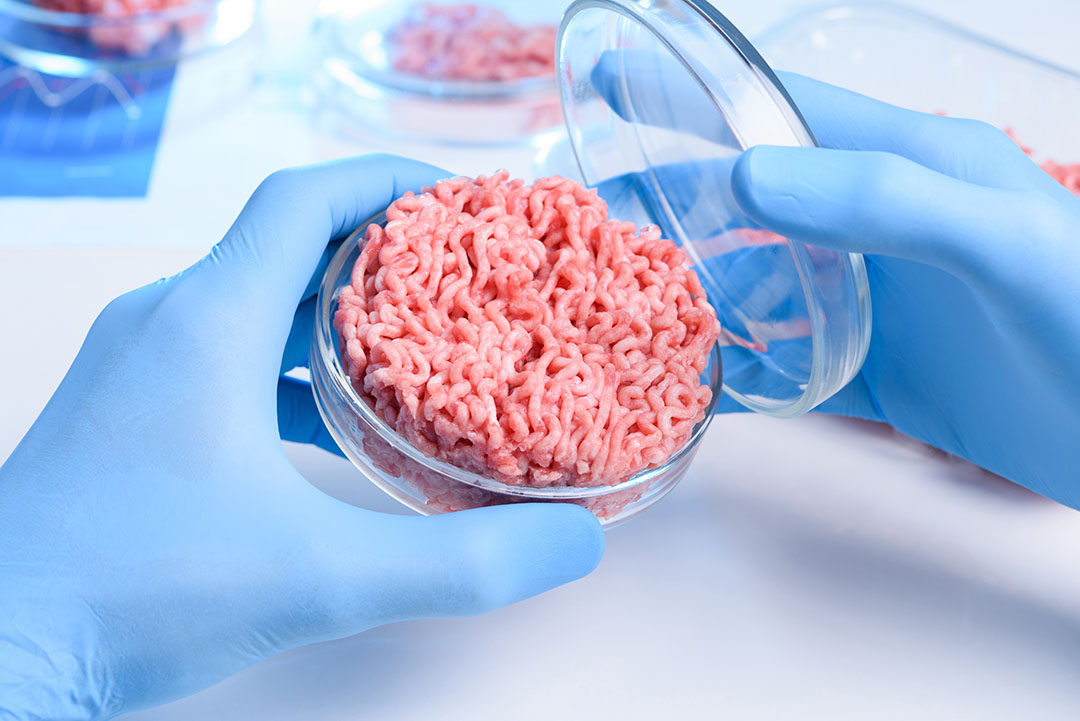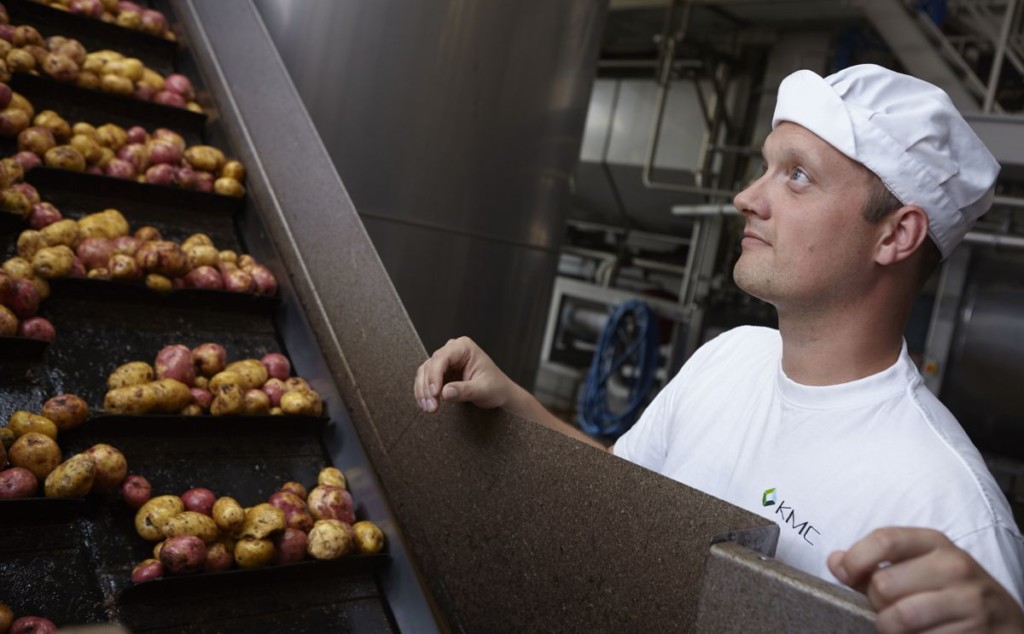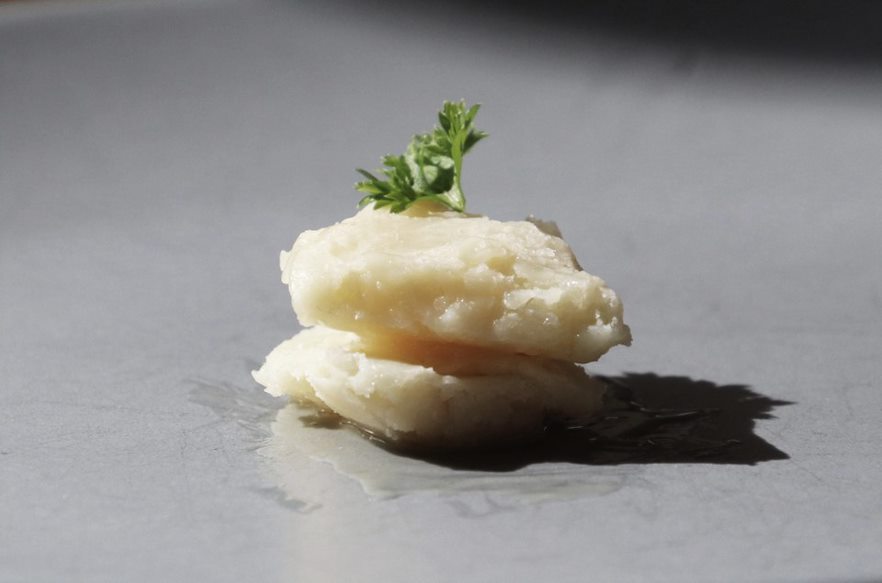By Sam Danley
BOSTON — Cultivated meat has come a long way in the past decade, but significant challenges remain as the industry carves a path toward large-scale commercialization, according to experts who spoke at Tuft University’s first Cellular Agriculture Innovation Day.
Mark Post, chief science officer at Mosa Meat, is credited with creating the first hamburger patty made from tissue grown outside of an animal in 2013. The widely publicized prototype cost hundreds of thousands of dollars and took several years to produce.

Now, cultivated meat is sold in Singapore in the form of chicken products produced by Eat Just Inc. Upside Foods in November 2022 received the industry’s first “No Questions” letter from the US Food and Drug Administration, indicating the agency accepts the company’s conclusion that its cultured chicken is safe to consume.
Held in late January, the Cellular Agriculture Innovation Day saw more than 100 researchers, business leaders, investors, and other stakeholders gather in Boston to discuss the state of the industry.
“We’re all here today because we see that cellular agriculture is an important core platform for creating a more just and sustainable food system,” said Anthony P. Monaco, president of Tufts University. “We understand the urgency for sustainably created food that meets the nutrition and safety needs of the world’s growing population as it faces increasingly limited access to land, water, energy and other resources.”

Cellular agriculture’s potential to reduce the environmental impact of meat production and improve food security has spurred a decade of momentum. More than 150 companies have entered the space since 2013. Investors have poured more than $1 billion into the industry. An influx of academic funding has enabled advancements in areas spanning sourcing and scalability to taste and nutrition.
“Ten years ago, you could count the number of people dedicated to cellular agriculture on one or two hands,” said Isha Datar, executive director of New Harvest, a nonprofit supporting research into cultured animal products. “To see 150 companies pop up, to see so much private investment pop up, and to see more people in the academic space pop up, it feels like, ‘Okay, the party has started.’”

** Click here to read the full-text **











